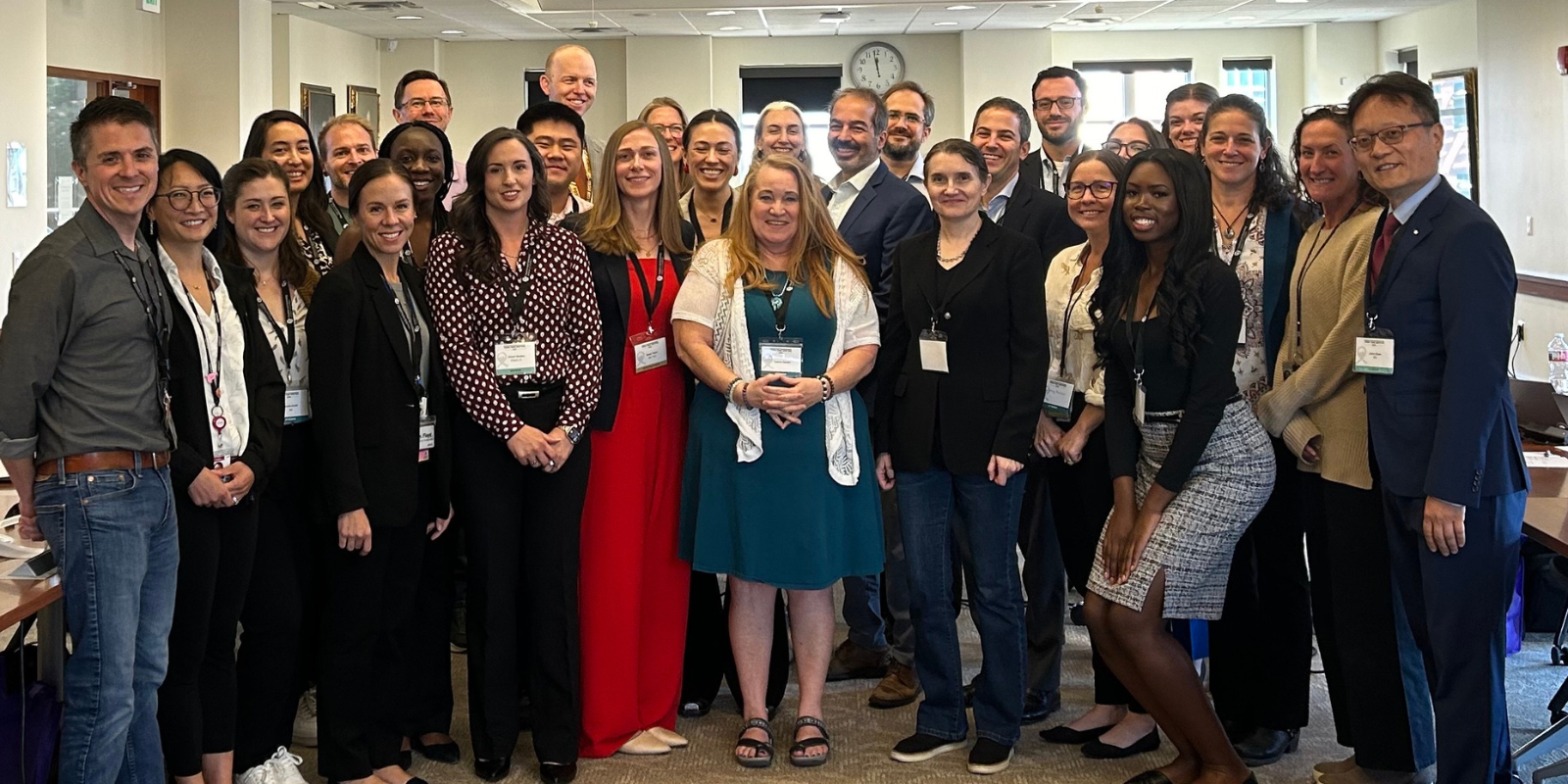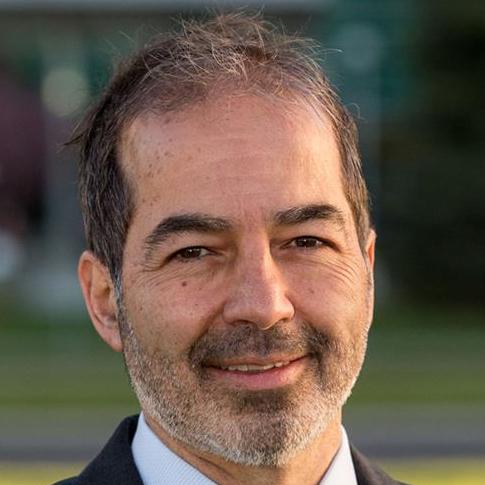The third annual Ovarian Cancer Think Tank at the University of Colorado Cancer Center brought ovarian cancer experts from around the country to the CU Anschutz Medical Campus in early October to discuss the role of computational biology and big data in diagnosing and treating the disease that kills around 12,000 women each year.
“It’s such an energy boost to us ovarian cancer researchers to assemble the most cutting-edge experts on the topics that we are tackling,” said CU Cancer Center member and event co-organizer Kian Behbakht, MD, MBA, professor of gynecologic oncology in the CU School of Medicine. “There are so many intelligent people in this field, and at an event like this, they get to talk to each other. They may have never met ordinarily.”
AI and pathology
Hosted by the University of Colorado Ovarian Cancer Innovation Group and the Division of Gynecologic Oncology, the Think Tank event began with a session, led by CU Cancer Center member Benjamin Bitler, PhD, on innovative pathology and biomarkers. Keynote speaker Sandra Orsulic, PhD, of the University of California, Los Angeles, discussed her work on the tumor microenvironment and how it contributes to cancer initiation and metastatic progression.
“Dr. Orsulic talked about how AI and computational analysis can be applied to pathology to give an unbiased view of what is on the slide,” Behbakht said. “This was expanded on in the next day’s session on spatial omics — getting down to the cellular level and having the computer analyze deep data that consists of 5,000 genes and 40 proteins, as opposed to what the human eye can see.”
Closer look at carcinosarcomas
CU Cancer Center member Bradley Corr, MD, led a session on carcinosarcomas, rare two-part tumors that can be difficult to treat.
“One of the discussion points was whether these tumors originate from a single cell, or whether they start as two different cells,” Behbakht said. “This is an example of a rare tumor where collecting data together with other tumors of a similar type might give more answers than what you can get from just analysis of this tumor. There are not enough treatments for this cancer, because it's a rare cancer, and if we can come up with some commonalities, we can start to better treat this cancer and potentially save some lives.”
Power of deep data
The overarching theme of the Think Tank event was computational biology and computational data analysis, with experts presenting on such topics as machine learning, navigating clinical trial data, and network science.
“We were discussing the sources of the data analysis — clinical specimens, pathology, and data — as well as the outputs from them,” Behbakht said. “How they're acquired, how they're analyzed, what sort of information we get from them, and more importantly, how can you combine these data sets, particularly from rare cancers, to get bigger data sets so you can do an analysis where a real-world analysis would never be practical?”
With enough data, he says, researchers can start to look at spatial omics — the physical makeup of a cancer cell and its environment — to get more information on how to better treat the disease.
“We can see what cell is next to what cell expressing what markers, and you can put together a very complex picture of the battlefield, if you will,” he says. “That gives the general—the general being the treating physician—a chance to win this battle against cancer in a very unique way, using the power of super-deep computing.”
Featured image: Attendees at the Ovarian Think Tank event pose for a group photo.




.png)